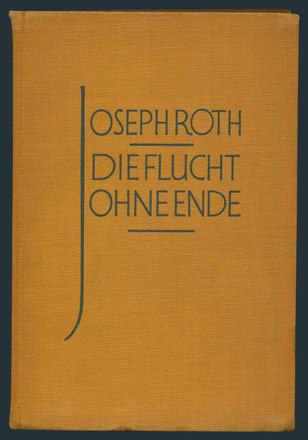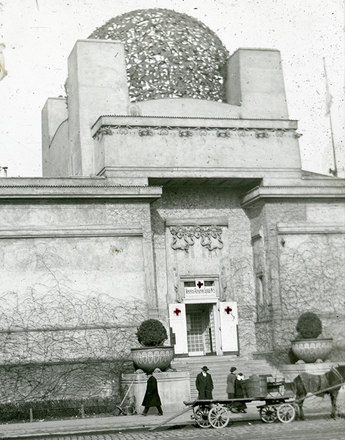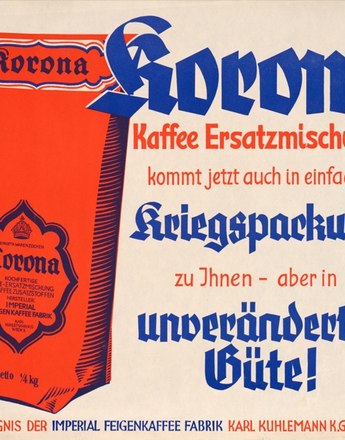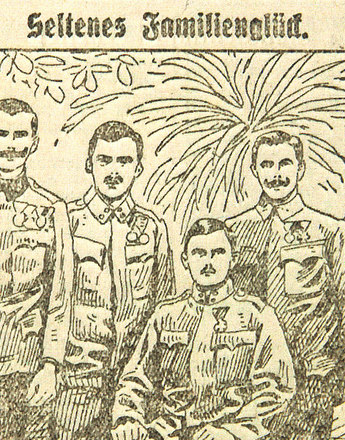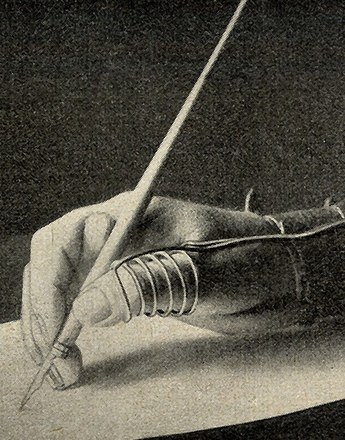‘The Flight Without End’? – The Warrior’s Homecoming
Five years after the war the Austrian writer Joseph Roth depicted the conditions and mechanisms needed to restore soldierly masculinity.
The novel Das Spinnennetz (The Spider’s Web) (1923) shows a disillusioned soldier returning home from the First World War. In Berlin he becomes involved in the activities of radical right-wing organisations and secret societies and gains more and more power. Roth’s novel Rechts und Links (Right and Left) (1929) also depicts the return to Germany and identification with an anti-Semitic and nationalist paramilitary organisation. The critical stance of these books reveals the oppressive situation of the officers returning home and how they spread a narrative of a crisis of masculinity and massively politicize the experience of homecoming. The mental insults and wounds suffered during the war, from which many former soldiers cannot free themselves, are depressingly prolonged into the civilian post-war world in Roth’s novels. In Zipper und sein Vater (Zipper and his Father) (1928) the father may find a job for his son, but the former soldier ‘is not fit’ to work in a civilian career and soon has to hand in his notice. His attempts to help his wife further her career similarly fail, and he leads a marginal existence as a musical clown in a variety theatre. And a glance back into the wartime past leads to the following thought: ‘The army was also senseless. But you could see your superior, he was instead of sense. You were punished, rewarded, every day and every hour. You had an order, this was instead of an aim. But in an office you do not see where the file has come from, why it is being dealt with, for whom.’ Franz Ferdinand Trotta in Die Kapuzinergruft (The Emperor’s Tomb) (1938) is, however, afraid of an office, a notary, a postmaster. Theodor Lohse in Das Spinnennetz and Brandeis in Rechts und Links suffer from a lack of the security, comradeship and everyday routine they had known in the army. The interrupted military careers and the loss of symbolic capital result in a feeling of disappointment, of being without roots and without a home. The situation of the generation which lived in the hope of arrival is summed up in Roth’s Die Flucht ohne Ende (The Flight Without End) (1927): ‘But now Franz Tunda was a young man without name, without meaning, without rank, without title, without money and without profession, with no home and no rights.’
The difficulties of integration into post-war life lead not infrequently to tragic complications – as in Andreas Latzko’s story Heimkehr (Homecoming) (1918). It depicts a maimed veteran’s homecoming to his bride – albeit with a different face, disfigured and having undergone several operations. The invalid’s neighbours do not recognize him any more and he anxiously asks himself how his wife will react. She has been unfaithful to him and, being confronted with this, he stabs his rival to death, whereupon the woman kills him. The veteran coming home in Ernst Weiss’s story Franta Zlin (1919) feels that he been robbed of his masculinity. His inability to make love is the result of a wound he sustained in one of those battles of equipment and materials – while in a trench he had had his sexual organs lacerated by shrapnel. Thus ‘unmanned’ and a permanent invalid, he does not want to see his beautiful young wife again. Although she is very obliging and takes care of Franta, he eventually drives her to suicide. He tries to ‘make a man’ of himself with a prostitute and commits a criminal act. A man who was originally ‘gentle’ and a passionate lover has become violent, a ruthless murderer of women.
Translation: Leigh Bailey
Heering, Cornelia: Die Kultur des Kriminellen. Literarische Diskurse zwischen 1918 und 1933. Ernst Weiß, Berlin 2009
Klaß-Meenken, Petra: Die Figur des schwachen Helden in den Romanen Josephs Roths, Aachen 2000
-
Chapters
- Dreamers Who Turn into Heroes
- ‘Warriors on the Frozen Front’ – The War in the Alps as a Test of Manly Strengths
- The War as a ‘Technoromantic Adventure’
- Forms of Masculinity – Hierarchies, Rivals, Competitors
- Melancholy Men in Uniform – How Masculinity Becomes a Problem
- ‘Black Decay’ – Soldiers as Victims
- ‘The Flight Without End’? – The Warrior’s Homecoming
- ‘A New Race of Men’? – Ideologies of Masculinity in Post-War Austria

